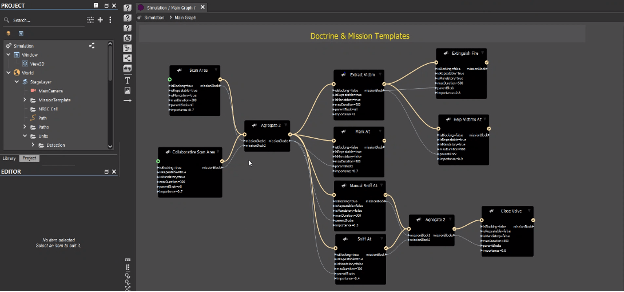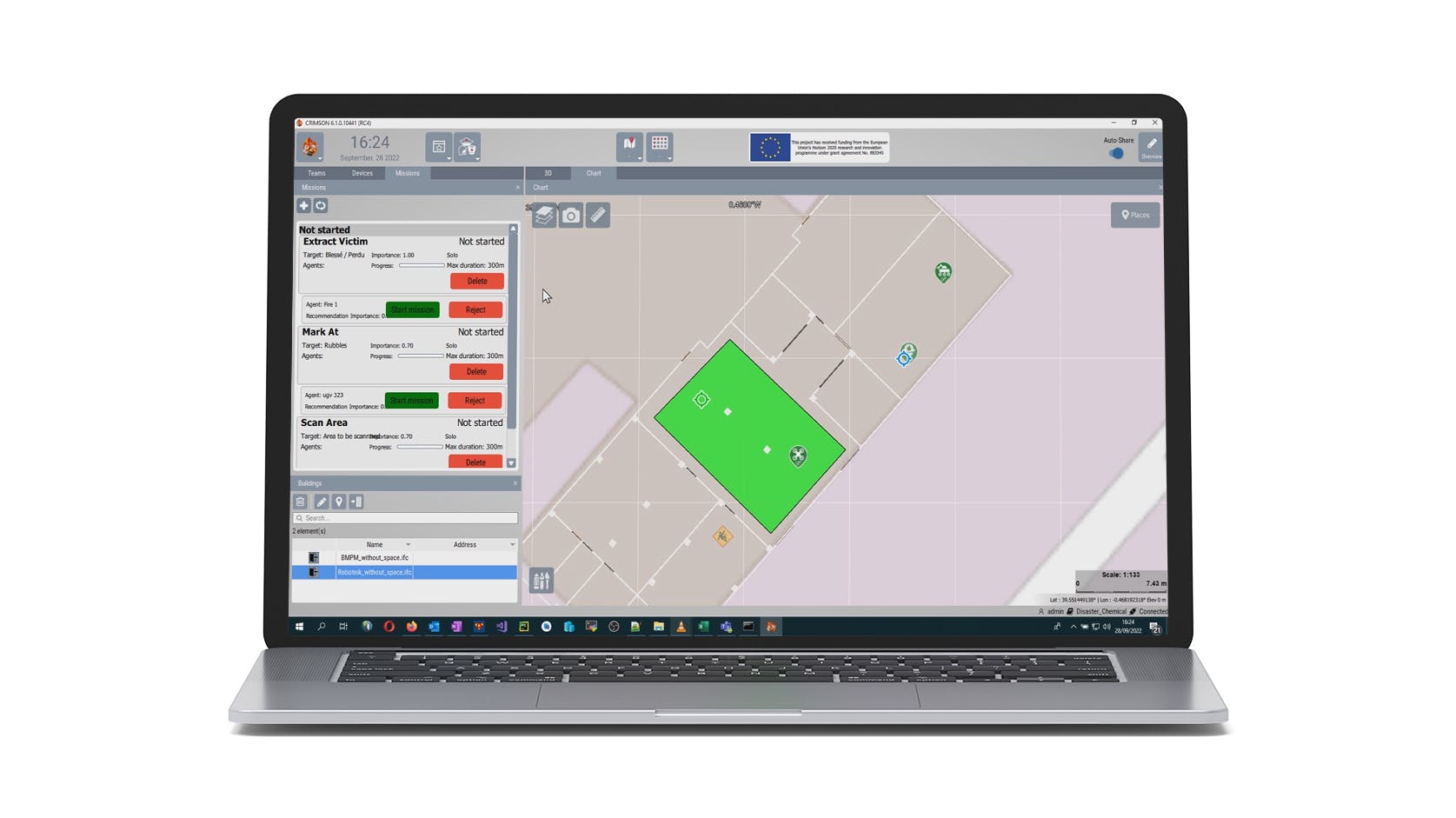
January 09, 2023
IAM - the brain of the INTREPID system.
One essential module of the INTREPID project is the IAM (the Intelligence Amplification Module).
What is IAM?
Modestly, we can say that the IAM (the Intelligence Amplification Module) is the brain of the INTREPID system.
Indeed, it’s a module that has the ability to collect all the information coming from other modules of the system, like the paths, the available agents, the available operations within the particular crisis situations. Once all that is taking into account, it does propose to First Responders, what is the estimated best course of action at the moment with the best possible outcome.
Based to the recommendations of IAM, and in conjunction with their own experience and what’s going on in the scene, the First Responders will decide what course of action they are going to take.
In the INTREPID Project, this module is developed by our partner CERTH.
How does it work?
There are 2 flows of input to the IAM:
- One is the knowledge of the first responders of what’s happens in any particular crisis situation, codified in a machine-understandable doctrine module. It's a pre-coded knowledge of First Responders' protocols, courses of action and things to consider within a crisis scene.

An example of the doctrine model
- The other flow is the situational context, what’s happening right now in the scene, (what agents are available, where are robot and drones, if they are available, what are the optimal paths for each agent, etc.).
The two together allowed a clear and specific understanding of the situation, and serve to provide appropriate proposals.
The proposals are sent to the End Users through the INTREPID interface and from this interface, they will choose the course of action they want to take at that time and the interface will send to the mission controller the exact mission to be undertaken, to the appropriate agent, whether it be the first responder or the UxV.

A screenshot of the recommandations display on INMOS interface.
Next steps
CERTH is currently working on several projects:
- Fusing expert knowledge with learning. CERTH's research directive is oriented towards integrating machine learning with the existing expert-based system, in a neuro-symbolic approach. Combining explicit and implicit knowledge, i.e. machine learning understanding of crisis scenes while at the same time adhering to explicit First Responders’ protocols is expected to elevate the system’s decision-making and notification process.
- Decision explainability. This is an important aspect, which allows the IAM to gain the trust of the first responders, because by explaining to them how the project makes its decisions, they will see the logic and reasoning, and by seeing that it potentially coincides with their own process, they will be able to trust it more.
- Integrate more information. Expanding the whole system to more variables that can go into the modules. Indeed the IAM is the last part of this workflow, it will eventually receive more information, so it has to be extended and be able to accommodate this information.
- Pilot focus. A work is done on the process of integrating all the features that the users have identified that they needed from the system and from IAM for pilot 3, based on their feedback from the first and second pilot.
Want access to exclusive INTREPID content? 💌 Subscribe to our newsletter! 💌




